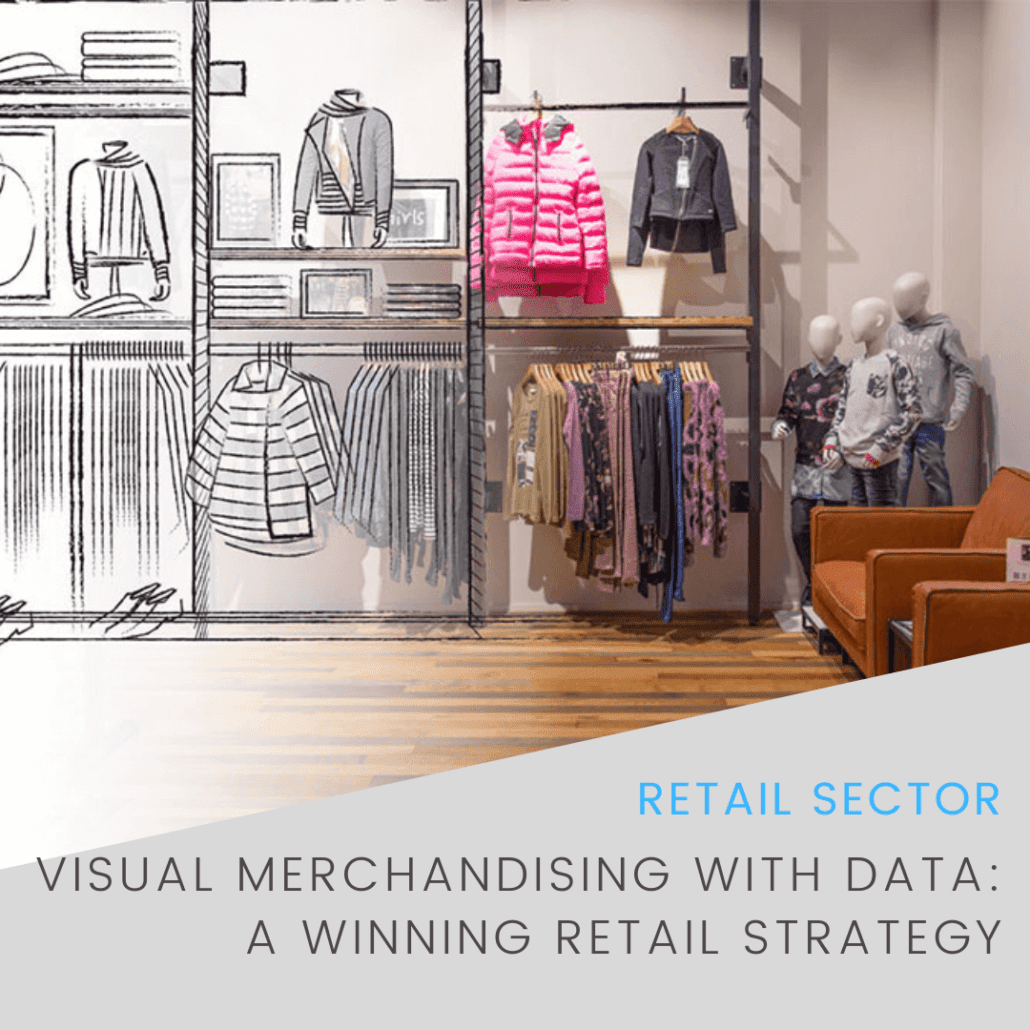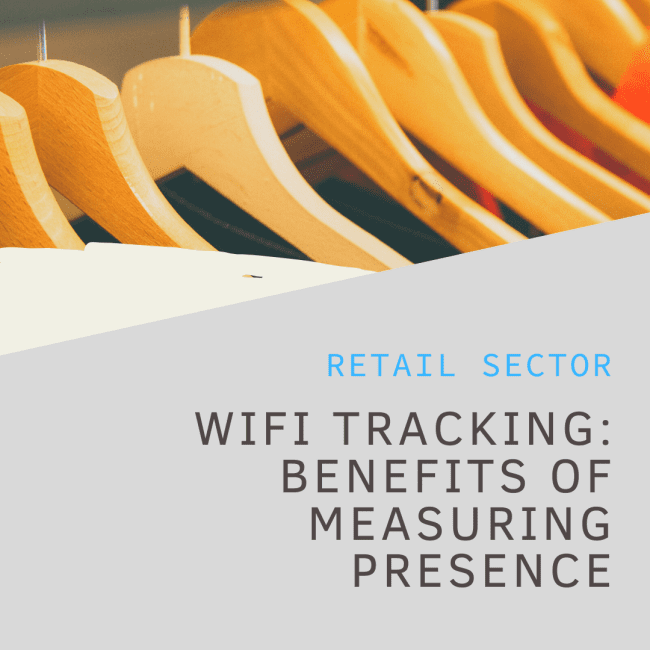In today’s retail landscape, data and analytics have become essential tools for success. Retailers are constantly seeking ways to optimize their operations, increase sales, and enhance the overall shopping experience for customers. One area where data and analytics are proving to be incredibly valuable is Visual Merchandising, known as the art of presenting products in a visually appealing and strategic manner, can greatly impact the success of a retail store.
In this blog article, we will explore the importance of data and analytics in Visual Merchandising and how leveraging these tools can lead to increased sales, improved customer engagement, and enhanced store performance.
Data-Driven Decision Making: Understanding Customer Behavior
Data and analytics provide valuable insights into customer behavior, preferences, and shopping patterns. By leveraging data, retailers can gain a deep understanding of their customers and their shopping habits. This information can be used to inform Visual Merchandising strategies, ensuring that the right products are displayed in the right way to the right customers. For example, data can reveal which products are most popular among customers, which products are frequently purchased together, and which products are often abandoned in the shopping cart. This information can guide retailers in creating effective displays, product placements, and promotions to boost sales and enhance the overall shopping experience.
Data can also help retailers identify trends and patterns in customer behavior. For instance, data may show that certain products sell better during specific times of the year or that certain demographics prefer particular types of displays. By analyzing this data, retailers can make data-driven decisions on how to allocate resources, create targeted visual merchandising campaigns, and adapt their strategies to better meet customer needs. Data and analytics enable retailers to be proactive and agile in their Visual Merchandising efforts, ensuring that their displays are always optimized for maximum impact.
Personalization: Tailoring the Shopping Experience
In today’s era of hyper-personalization, customers expect a personalized shopping experience. Data and analytics play a crucial role in helping retailers create personalized Visual Merchandising strategies that are tailored to individual customer preferences. By analyzing customer data, such as past purchase history, browsing behavior, and demographic information, retailers can create personalized displays that resonate with each customer segment. For example, a retailer may use data to identify that a particular customer segment prefers eco-friendly products, and accordingly create displays that highlight sustainable products or use environmentally-friendly props and materials. This personalized approach can greatly enhance the customer experience, leading to increased engagement and loyalty.
In addition to personalizing product displays, data and analytics can also be used to create personalized promotions and offers. For instance, by analyzing data on customer preferences and purchase history, retailers can tailor promotions and discounts to individual customers or customer segments. This can be done through targeted signage, digital displays, or even personalized offers delivered through mobile apps or email campaigns. Personalized promotions not only increase the likelihood of making a sale but also show customers that the retailer understands their preferences and values their business.
Flame analytics offers this important tool for its clients. Throughout the same platform where your data is collected and analyzed, you can create segmented audiences according to specific characteristics and design and send personalized marketing messages and campaigns.

Measuring Success: Data-Driven Performance Metrics
One of the key benefits of leveraging data and analytics in visual merchandising is the ability to measure success and make data-driven improvements. Retailers can use various performance metrics to evaluate the effectiveness of their visual merchandising strategies and make data-driven decisions on how to optimize their displays. For example, metrics such as sales per square foot, conversion rate, and dwell time can provide insights into the performance of specific displays or areas of the store. By analyzing these metrics, retailers can identify areas of improvement and make data-driven adjustments to their visual merchandising strategies.
Data and analytics can also help retailers track the success of visual merchandising campaigns and promotions. This allows for continuous improvement and optimization of visual merchandising efforts, ensuring that the store remains relevant and competitive in the ever-evolving retail landscape.
Thanks to the new video analytics solution that Flame Analytics has developed for the retail sector, retailers can see images in real time of their merchandise and evaluate how it is performing.
Improve your Visual Merchandising Strategies
The importance of data and analytics in visual merchandising cannot be overstated. By leveraging data and analytics, retailers can make data-driven decisions on how to optimize their visual merchandising strategies, create personalized experiences for customers, and measure the success of their efforts. Visual merchandising is a powerful tool in driving sales, enhancing customer engagement, and improving store performance.
As retail continues to evolve, retailers who embrace data and analytics in their visual merchandising efforts will be well-positioned for success in the highly competitive retail landscape. So, harness the power of data and analytics to elevate your visual merchandising game and create a compelling shopping experience for your customers.







